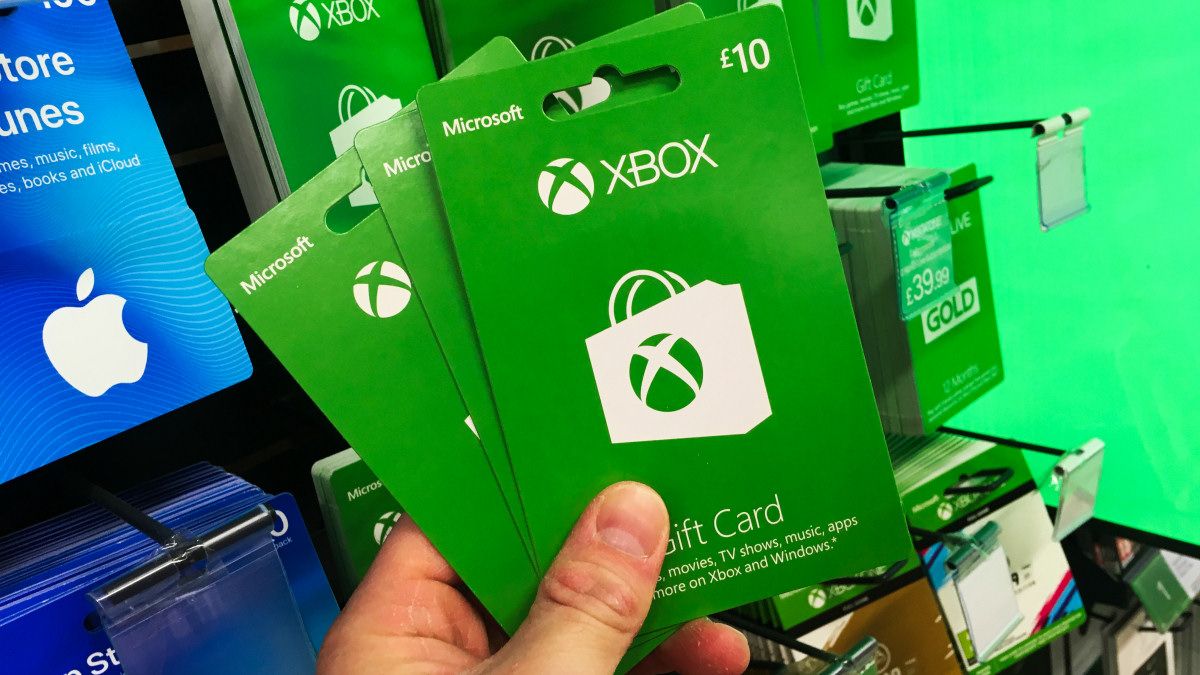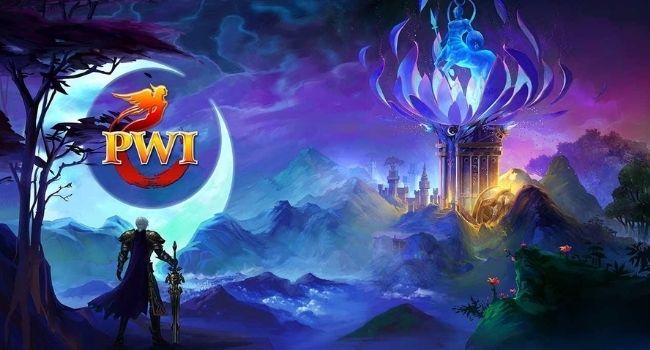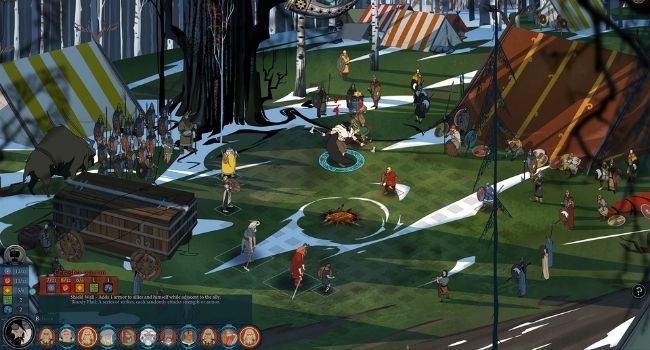Quick Links
Gone are the days when you couldn't pay to get a leg up in video games. Here's what "pay-to-win" mechanics are and how they might be making video games worse.
Pay-to-Win Mechanics
In a previous piece, we discussed microtransactions, which are assets that you can buy inside a game. This includes items, costumes, premium features, and more. Microtransactions have long been a contentious subject in the gaming community, with some countries even banning the use of unethical microtransaction models.
In-game microtransactions are often split into two groups. "Cosmetic" microtransactions are purely aesthetic, such as skins, costumes, and outfits that characters can wear. Conversely, there are "pay-to-win" microtransactions that directly affect the core gameplay of a title. These purchases give a "leg-up" to players who are willing to pay, giving them faster or exclusive access to specific skills and items.
Take note that this is distinct from "gacha games," which blend both cosmetic and pay-to-win microtransactions. These games involve opening "packs," which give you a random assortment of rare characters. Since the primary goal of these games is often to collect the characters, they are simultaneously cosmetic and pay-to-win.
Grinding and Gear
Pay-to-win video games frequently add some "parity" between paid and free players. For example, you could pay $5 to unlock a particularly powerful weapon, but you could also keep playing for 20 hours to get enough currency to buy that weapon in-game. While they don't technically restrict you from earning that weapon, you have to put in significantly more effort than those who pay the money.
This significant discrepancy in the effort required is a deliberate design choice intended to generate more revenue. Studies have shown that this "skip-the-line" model of microtransactions makes players more likely to purchase. These games leave you thinking, "Is grinding an extra 20 hours worth the amount of time I'll save?" Ultimately, only the player can make that kind of decision for themselves.
While systems like these were initially limited to free-to-play games, they have found their way into premium, full-priced gaming experiences as well. Many games have in-game stores that offer premium items, access to top-tier gear, and even experience boosters that help you gain levels faster. Depending on the type of game, these can give some players significant advantages over their opponents.
What Makes a Game Pay-to-Win?
The impact of this model varies from game to game. Since "pay-to-win" already has very negative connotations, you can guess that many gamers aren't happy that this is the direction the industry is heading towards. Take massively multiplayer online games or MMOs, for example. In early titles, most items and upgrades were accessible to all players, as long as they were willing to put in the time to grind or search for them. Nowadays, there are tons of mechanics in place that make that process easier for paying players.
There are a lot of gray areas when it comes to pay-to-win mechanics. For some, it doesn't matter if these mechanics have no impact on other players. For example, the online role-playing game Genshin Impact is mainly played alone, with most of the game's core gameplay mechanics being primarily single-player. Therefore, even though people can spend thousands of dollars on this title, monetization is largely "fine."
However, many people believe that these mechanics are much worse on multiplayer. For example, in a competitive shooter, if someone doesn't have access to an unlockable gun, they will have a clear disadvantage. Therefore, this essentially "penalizes" players who are unable or unwilling to pay more money to acquire premium gear.
Another contingent of gamers believes that the presence of pay-to-win is actively hurting game design, even in single-player titles. For example, if a game is designed with the idea that someone can pay $10 to skip a 10-hour leveling process, then the game designers are actively incentivized to make that 10-hour leveling process less fun to play. It can be even more frustrating if the game is already retailing at full price.
The Future of Pay-to-Win
If you're not a fan of pay-to-win mechanics, then you might be out of luck. More and more game franchises have added explicit pay-to-win mechanics. While many of these games are free-to-play titles, some are full-priced triple-A games that you already have to spend $60 to own. This can be a very frustrating experience for many users.
If you don't want to spend additional money to experience a game fully, you should always be on the lookout for information before you purchase a title. There's even an online website called Microtransaction.zone that keeps track of all major titles, checks if they have microtransactions, and discloses whether these microtransactions affect the gameplay or not. They even have a rating system, with their highest being "Spotless," indicating that a game is "fully owned" when you buy it. An example of a Spotless-rated game is The Banner Saga 2, a full single-player experience.



